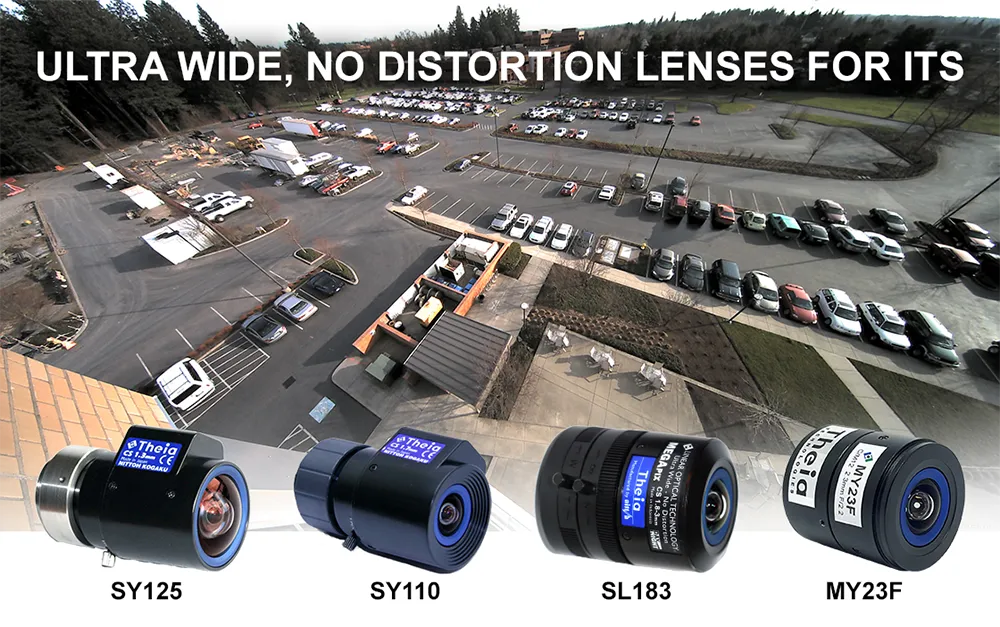A final super-tough practical trial on all the Dakar rally trucks of the winning Team Petronas De Rooy Iveco and the Veka Man Team marks the successful end to the extensive field testing of the new generation of Groeneveld cameras. Groeneveld says it is now ready to launch a completely new camera, developed and produced inhouse. Combined with the the company’s high-resolution monitor. also produced in-house, the CMOS colour camera ensures a perfect image, even in bright light, at night or in poor weather co
May 23, 2012
Read time: 2 mins

A final super-tough practical trial on all the Dakar rally trucks of the winning Team Petronas De Rooy Iveco and the Veka Man Team marks the successful end to the extensive field testing of the new generation of 5693 Groeneveld cameras. Groeneveld says it is now ready to launch a completely new camera, developed and produced inhouse. Combined with the the company’s high-resolution monitor. also produced in-house, the CMOS colour camera ensures a perfect image, even in bright light, at night or in poor weather conditions. The newly developed CMOS colour camera is available with viewing angles of 104° or 116° and with normal or reversed image, which means it can be used for a host of applications: as a front or side view camera on trucks and buses, or on the back of trucks, earthmoving equipment and forklifts, for example. The gas-filled camera has a black anodised aluminium housing and can be supplied with either a U-shaped or L-shaped mounting bracket. Because Greensight products are used all over the world under the most challenging conditions, such as earthmoving and mining, the new camera meets all possible CE, DIN and EMC standards, whilst it has also been certified for ADR applications for use in the transportation of hazardous substances.










